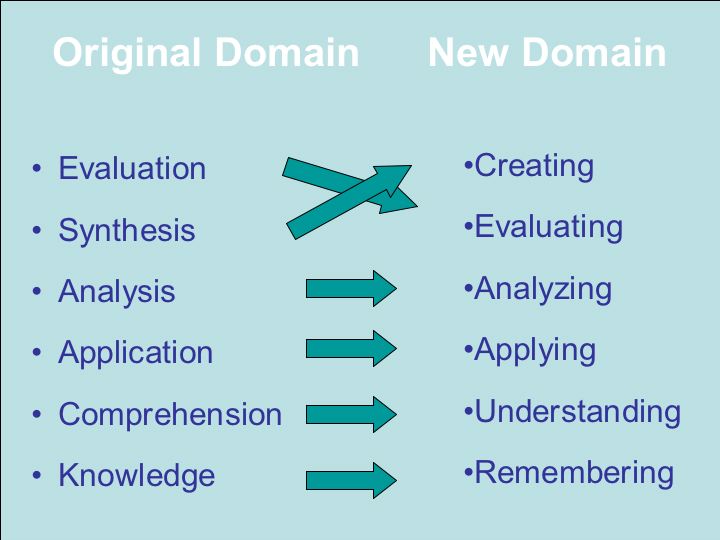| Performance Indicators
P.S ELA-2 Reading Analysis: Cite strong and thorough textual evidence to support analysis of what the text says explicitly as well as inferences drawn from the text, including determining where the text leaves matters uncertain. A. Evaluate the relevant themes and synthesize how they are present in the novel in oral and written responses. P.S ELA-3 Reading Craft and Structure: Determine an author’s point of view or purpose in a text in which the rhetoric is particularly effective, analyzing how style and content contribute to the power, persuasiveness or beauty of a text. A. Understand SOAPSTone: Speaker, Occasion, Audience, Purpose, Subject, Tone |
OF UTMOST IMPORTANCE, WHY WE LEARN…
85% of what you are taught you forget. Perhaps you have heard this ridiculing statistical alarm about learning before or maybe you acknowledge its validity by an internal confirmation of your own experiences. Undeniably few of you can contest this understanding. The revelation is more precisely reasoned in the Encyclopedia of Psychology Learning and memory are closely related concepts. Learning is the acquisition of skill or knowledge, while memory is the expression of what you’ve acquired. Another difference is the speed with which the two things happen. If you acquire the new skill or knowledge slowly and laboriously, that’s learning. If the acquisition occurs instantly, that’s making a memory.
In short, the reason you fail to recall much of what you are taught is that your brain is only storing that information for a short time, at best. The responsibility of educators is to provide learners with methods of instruction that help the students to retain the information determined to be essential. In 1956, Benjamin Bloom headed a group of educational psychologists who developed a classification of levels of intellectual behavior important in learning. During the 1990′s a new group of cognitive psychologists, lead by Lorin Anderson (a former student of Bloom), updated the taxonomy to reflect relevance to 21st-century work. Bloom’s Taxonomy remains today one of the best rubrics for individuals who seek to understand how they learn. As your teacher, I am always invested with how you learn. Throughout the year you will utilize Bloom’s Taxonomy in your lessons in order for you to recognize how different types of questions stimulate a variety of thinking.
BLOOM’S TAXONOMY
You are to consider the full scope of your reading of Station Eleven. Using the original Bloom’s Taxonomy domain write at least one question with respect to the novel for each cognitive level. Include your response to each question.
VIDEO: Six Essential Questions Explanation
If you struggle to comprehend the approach to this assignment you may find the Bloom’s Taxonomy link helpful. Your questions and responses are due on DAY 3.

